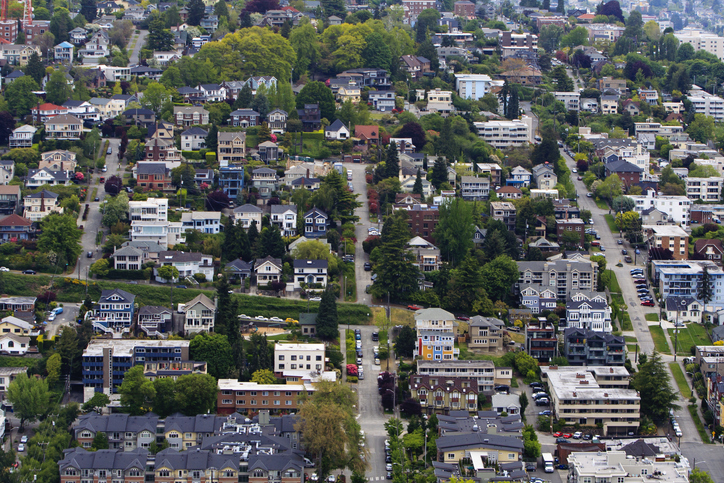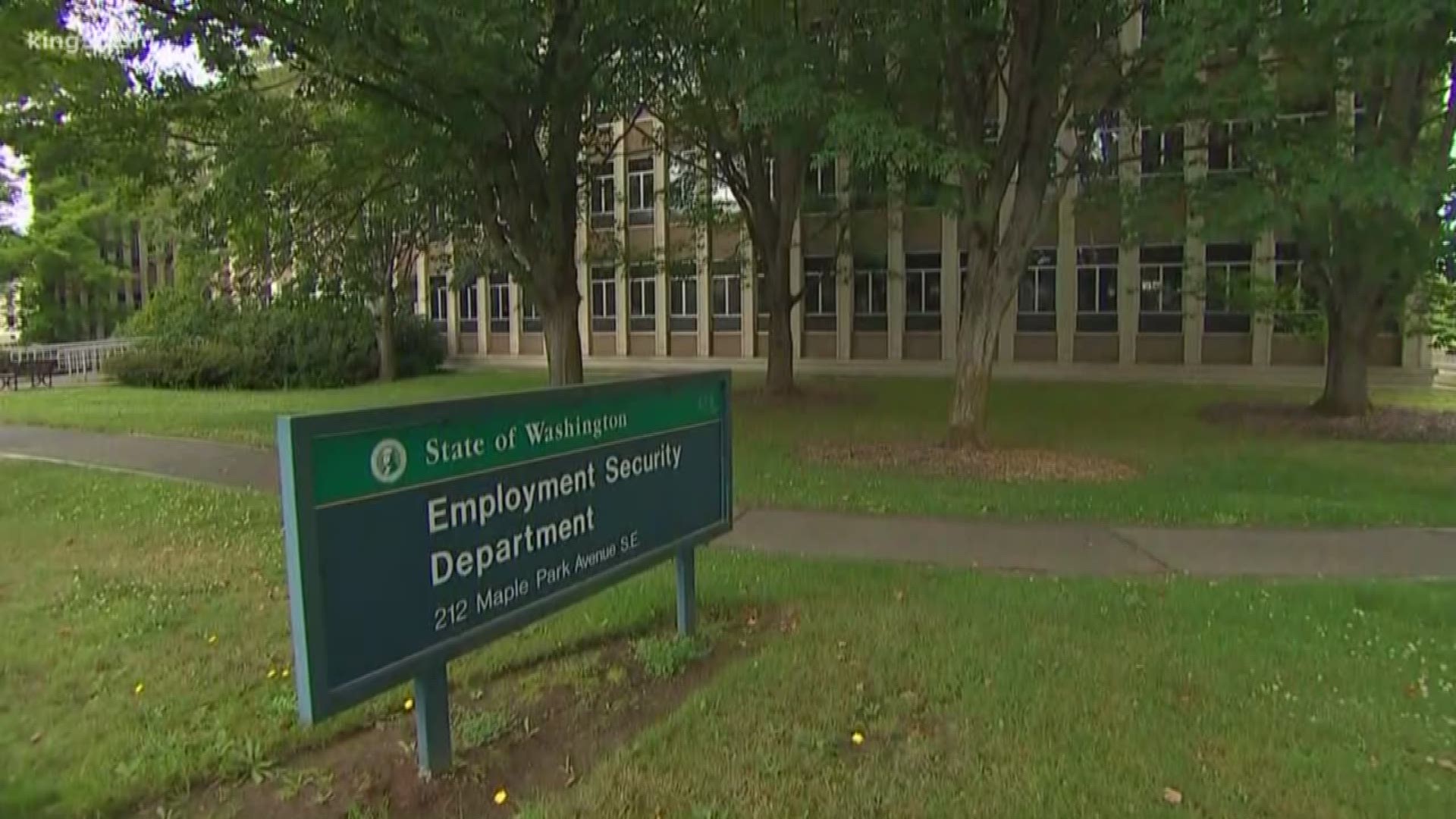During the 1980’s, regulations were created by King County and the City of Seattle to govern taxis and create a profitable system – these regulations have now proven to be their downfall.
It’s a classic case of burdensome government regulation versus a free market system. TNC’s have been a disrupting influence on the more traditional, government regulated taxi industry. As we have seen the rise of Transportation Network Companies (TNC’s) like Uber and Lyft, the taxi companies, due to the additional regulations they have to follow, are finding it difficult to compete.
First, the taxi licenses, artificially limited in number and once a coveted item, have dropped in value from highs of sometimes over $100,000 to being almost worthless today. Taxi drivers who purchased the licenses in previous years are faced with either a mountain of debt or a loss of their original investment.
Second, minimum fare regulations, imposed by the government, have artificially increased prices, ensuring that taxis cannot adequately compete with TNCs.
It’s a double hit for the average taxi driver. They have a mound of debt and no way to effectively compete to generate revenue to pay for it.
In typical fashion, the City of Seattle is looking to fix this with even more regulation. What could go wrong?
Suggestions from elected officials and bureaucrats range from congestion charges, minimum fare amounts applied to everyone, and minimum compensation levels for the drivers. These are all additional fees, taxes and regulations – typical proposals when government tries to force change.
Interestingly, the taxi drivers themselves have suggested lowering or eliminating the minimum fares instead. It’s not necessarily a silver bullet but would certainly allow them to compete more effectively with lower cost TNC’s.
Those who are closest to the problem are often the best equipped to solve it.
Free markets, more often than not, provide the best solutions. Both the City of Seattle and King County should consider reducing regulations rather than adding more. Maybe then we’ll have a system that will work for both drivers and riders alike.






